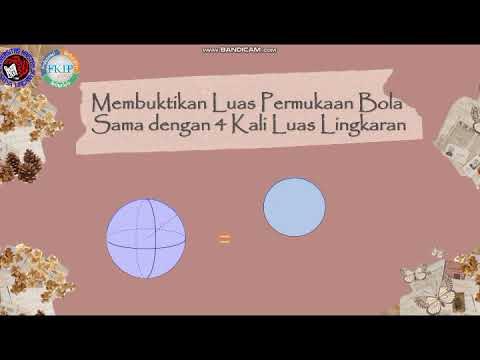Watch antibiotic resistance evolve | Science News
Summary
TLDRThis script describes an experiment that visually demonstrates bacterial evolution. A petri dish setup with varying antibiotic concentrations is used to simulate a 'bacterial petri dish'. Bacteria initially spread in antibiotic-free areas but are halted by increasing concentrations. Over 11 days, mutants emerge, adapting to higher concentrations, illustrating how bacteria can rapidly evolve resistance to antibiotics through successive mutations.
Takeaways
- 🔬 The experiment created a petri dish with dimensions of 2 feet by 4 feet to study bacterial resistance to antibiotics.
- 📏 It was divided into 9 bands, each with a different concentration of antibiotic, ranging from none to a thousand times the amount that the wild-type bacteria can survive.
- 🌐 The base of each band contained thick agar with varying amounts of antibiotic, while the top was covered with thin agar allowing bacteria to move.
- 🌑 The background was black to contrast with the white bacteria, making them easily visible.
- 📈 Bacteria initially spread in areas without antibiotics until they reached concentrations that were lethal.
- 🔄 The appearance of a mutant resistant to antibiotics allowed it to spread until it competed with other mutants.
- 🔄 When mutants encountered higher antibiotic concentrations, they needed to develop new mutations to survive.
- 📊 The process was repeated at increasing concentrations, with mutants adapting to 10x, then 100x, and finally 1000x the antibiotic concentration.
- ⏱️ It took approximately 11 days for the bacteria to evolve resistance to extremely high concentrations of antibiotics.
- 🧬 The experiment demonstrates how successive mutations can rapidly evolve bacterial resistance to antibiotics.
Q & A
What was the size of the petri dish used in the experiment?
-The petri dish used in the experiment was 2 feet by 4 feet.
How many bands were there in the setup?
-There were 9 bands in the setup.
What was placed at the base of each band?
-At the base of each band, a normal petri dish thick agar with different amounts of antibiotic was placed.
Was there any antibiotic present in the innermost part of the setup?
-No, there was no antibiotic in the innermost part of the setup.
How did the amount of antibiotic vary across the bands?
-The amount of antibiotic varied, with the outermost band having barely any, increasing to ten times as much, then a hundred times, and finally, the middle band had a thousand times as much antibiotic.
What was poured across the top of the setup?
-Some thin agar that bacteria can move around in was poured across the top.
Why does the background appear black in the experiment?
-The background appears black because the bacteria are consuming it.
How do the bacteria appear in the experiment?
-The bacteria appear as white in the experiment.
What happens when the bacteria encounter an area with no antibiotic?
-The bacteria spread in the area where there's no antibiotic up until the point they can no longer survive.
How does a mutant bacteria behave in the presence of an antibiotic?
-A mutant bacteria that is resistant to the antibiotic spreads until it starts to compete with other mutants around it.
What is the process that the mutants undergo when they hit the next boundary with a higher antibiotic concentration?
-When mutants hit the next boundary with a higher antibiotic concentration, they pause and develop new mutations to survive in the increased concentration.
How long did it take for the bacteria to evolve resistance to extremely high concentrations of antibiotic?
-It took about 11 days for the bacteria to evolve resistance to 1,000 times as much antibiotic as the wild-type can survive.
What does the experiment demonstrate about bacterial evolution?
-The experiment demonstrates that bacteria, which are normally sensitive to an antibiotic, can evolve resistance to extremely high concentrations in a short period of time through the process of accumulating successive mutations.
Outlines

Dieser Bereich ist nur für Premium-Benutzer verfügbar. Bitte führen Sie ein Upgrade durch, um auf diesen Abschnitt zuzugreifen.
Upgrade durchführenMindmap

Dieser Bereich ist nur für Premium-Benutzer verfügbar. Bitte führen Sie ein Upgrade durch, um auf diesen Abschnitt zuzugreifen.
Upgrade durchführenKeywords

Dieser Bereich ist nur für Premium-Benutzer verfügbar. Bitte führen Sie ein Upgrade durch, um auf diesen Abschnitt zuzugreifen.
Upgrade durchführenHighlights

Dieser Bereich ist nur für Premium-Benutzer verfügbar. Bitte führen Sie ein Upgrade durch, um auf diesen Abschnitt zuzugreifen.
Upgrade durchführenTranscripts

Dieser Bereich ist nur für Premium-Benutzer verfügbar. Bitte führen Sie ein Upgrade durch, um auf diesen Abschnitt zuzugreifen.
Upgrade durchführen5.0 / 5 (0 votes)






